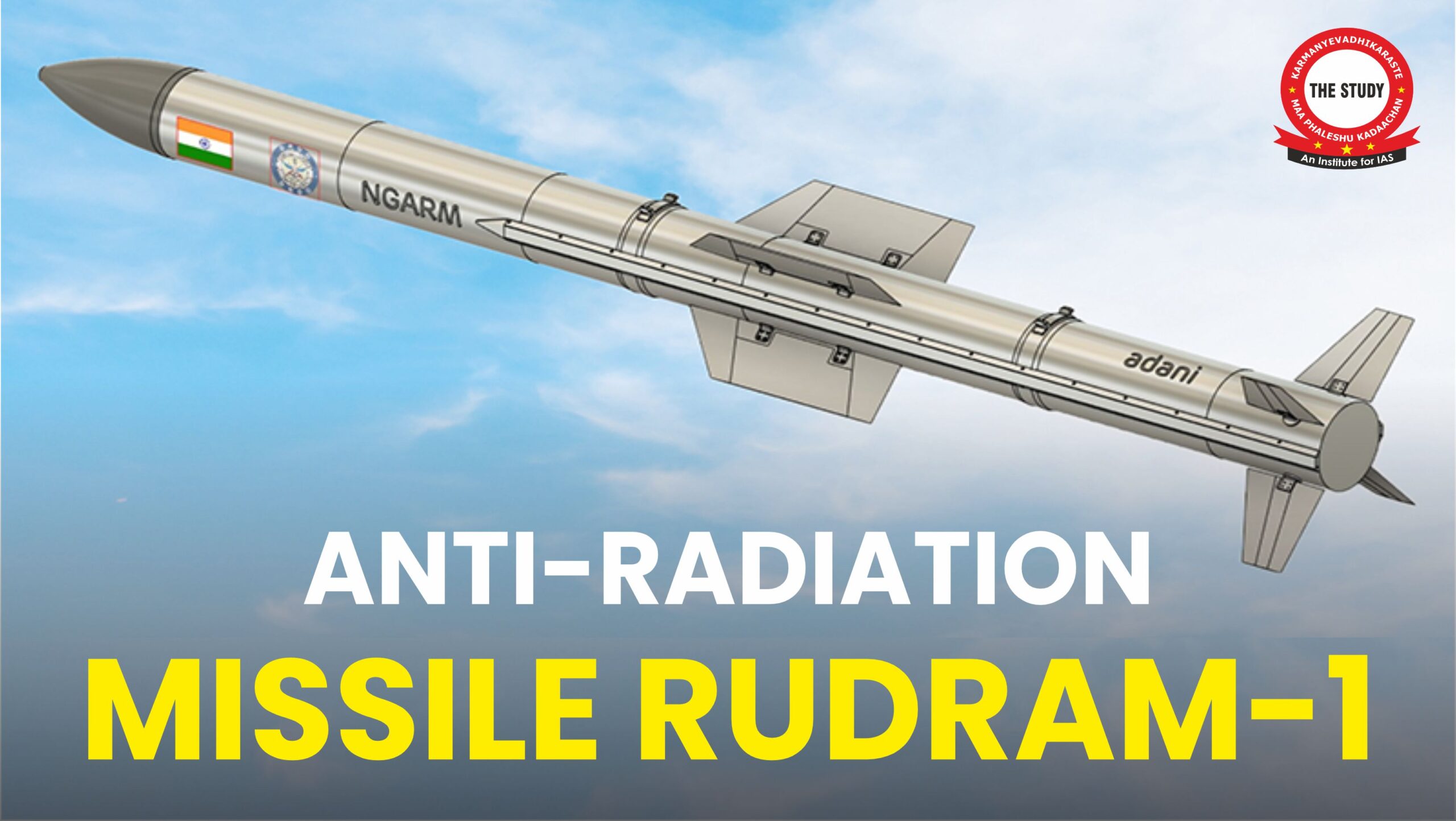Font size:
Print
National Coordination Committee for World’s Largest Grain Storage Plan Holds First Meeting
Context:
National Level Coordination Committee (NLCC) for the World’s largest grain storage plan holds its first meeting in Delhi.
More on News:
- NLCC reviewed the progress of the pilot project initiated in 11 states.
- Committee members deliberated on strategies to scale up the plan nationwide.
- Options for linking godowns with various stakeholders were discussed to facilitate effective implementation.
World’s largest Grain Storage Plan:
- The Union Cabinet approved world’s largest grain storage plan in the cooperative sector in May 2023, investing around Rs 1 lakh crore.
- It aims to reduce crop losses, discourage distressed sales by farmers, and strengthen the nation’s food security.
- The plan focuses on enhancing agricultural infrastructure at Primary Agricultural Cooperative Societies (PACS) level into Multi-Service Societies.
- Agricultural infrastructure components created at PACS level, include warehouses, custom hiring centres, processing units, Fair Price Shops, etc.
-
- The plan integrates multiple existing schemes of the Government of India (GoI) like:
- Agriculture Infrastructure Fund (AIF)
- Agricultural Marketing Infrastructure Scheme (AMI)
- Sub Mission on Agricultural Mechanization (SMAM)
- Pradhan Mantri Formalization of Micro Food Processing Enterprises Scheme (PMFME).
-
- The plan aims at decentralised creation of warehouses for nationwide rollout.
- It envisions creating storage capacity at PACS level across the country.
- It is Implemented by National Cooperative Development Corporation (NCDC) with support from:
- National Bank for Agriculture and Rural Development (NABARD)
- Food Corporation of India (FCI)
- Central Warehousing Corporation (CWC)
- NABARD Consultancy Services (NABCONS), in collaboration with states and union territories.
- Initial pilot project to be expanded to 500 additional PACS with support from:
- State governments, National Cooperative Consumers Federation (NCCF), and National Buildings Construction Corporation (NBCC).
- States/UTs and National level Cooperative Federations like NCCF and National Agricultural Cooperative Marketing Federation of India (NAFED) identified more PACS for creation of storage capacity and other agricultural infrastructure.
Primary Agricultural Cooperative Societies (PACS)
-
- They are the grassroots level arms of the short-term co-operative credit structure.
- Deal directly with rural (agricultural) borrowers, provide loans, collect repayments, and undertake distribution and marketing functions.
- They serve as final link between ultimate borrowers and higher financing agencies, such as Scheduled Commercial Banks and RBI/NABARD.
- Organisational Structure of PACS
- General Body: Exercises control over the board and management.
- Management Committee: Elected by the general body to perform work as prescribed by the society’s rules, acts, and by-laws.



